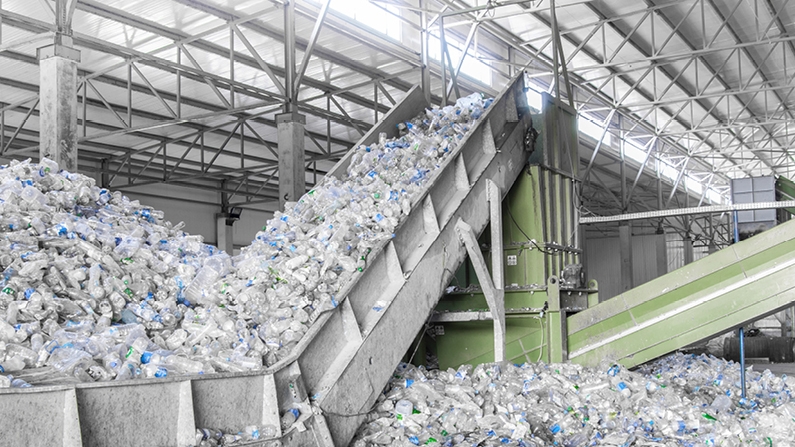Pioneer project HolyGrail aims to speed up the transition to a circular economy for plastics by focusing on an important pillar to increase recycling rates, namely to improve the sorting of post-consumer packaging with the help of infrared tracers and digital codings such as QR and barcodes. Plastics have been specially designed for packaging to circulate, ensuring they are collected after use. This high-quality sorting is crucial to increase the current poor recycling rates. Finally to the project looks to improve sorting which can both help the quality and quantity of recycled packaging in the market, and would mean more plastics could be returned to the marketplace.
The concept of a circular economy is gaining traction all over the world. Current recycling practises needing to move away from the linear plastics economy, where we take, make, and waste plastic – towards a circular system, where we keep useful plastics in the economy and out of the environment.
One of the biggest hurdles to high volumes and quality of recycled plastics is the complexity of the packaging design. Countless packaging formats with many material combinations are in use while the sorting technology on the end-of-use side can recognise only a few properties (such as 3D vs. 2D shapes such as QR and barcodes or different infrared absorption for different polymers and/or VIS for colour recognition). There are several examples where the design of packaging disrupts the recycling, either by making an item invisible or leading to false positives or negatives such as the sorting of a full-sleeve PET bottle because the sleeve is typically made of a different material which means the PET is not detected.


Recent Comments